- Automobiles & Motorcycles
- Beauty & Personal Care
- Business Services
- Chemicals
- Construction & Real Estate
- Consumer Electronics
- Electrical Equipment & Supplies
- Electronic Components & Supplies
- Energy
- Environment
- Excess Inventory
- Fashion Accessories
- Food & Beverage
- Furniture
- Gifts & Crafts
- Hardware
- Health & Medical
- Home & Garden
- Home Appliances
- Lights & Lighting
- Luggage, Bags & Cases
- Machinery
- Measurement & Analysis Instruments
- Mechanical Parts & Fabrication Services
- Minerals & Metallurgy
- Office & School Supplies
- Packaging & Printing
- Rubber & Plastics
- Security & Protection
- Service Equipment
- Shoes & Accessories
- Sports & Entertainment
- Telecommunications
- Textiles & Leather Products
- Timepieces, Jewelry, Eyewear
- Tools
- Toys & Hobbies
- Transportation
The Journey from Bauxite to Brilliance: Unveiling the Production of Aluminum Coils
Aluminum, a versatile and lightweight metal, is omnipresent in our daily lives, from the cans holding our favorite beverages to the sleek exteriors of modern airplanes. Ever wondered about the intricate process that transforms raw bauxite into the gleaming aluminum coils that fuel various industries? Let's embark on a journey through the fascinating stages of aluminum coil production.
1. Mining the Earth's Bounty: Bauxite Extraction
The story begins deep within the Earth's crust, where bauxite, a reddish-brown ore, lies in abundance. Open-pit mines serve as gateways to this valuable resource. Through a meticulous extraction process, bauxite is unearthed, setting the stage for the aluminum production odyssey.
2. Refinement via the Bayer Process: From Bauxite to Alumina
Bauxite, while rich in aluminum oxide, needs refinement to become alumina. The Bayer process, a chemical marvel, comes into play. Bauxite is crushed and treated with sodium hydroxide at high temperatures, leading to the extraction of alumina. This white powder, the essence of aluminum, is ready for the next transformative step.
3. Hall-Héroult Smelting: Alumina's Metamorphosis into Molten Aluminum
The metamorphosis of alumina into molten aluminum occurs in the crucible of the Hall-Héroult smelting process. In aluminum smelters, alumina is dissolved in molten cryolite, a fluoride-containing mineral, and subjected to electrolysis. The result: liquid aluminum, a molten river of potential, awaits its next mold.
4. Casting into Ingots or Billets: Giving Shape to Liquid Metal
The liquid aluminum is cast into ingots or billets, providing the raw material for the subsequent stages of production. These solid forms set the foundation for the coils that will soon grace industries around the globe.
Barbed Wire: Securing Boundaries with Uncompromising Protection
Magnesia Carbon Brick: A High-Performance Refractory Solution
How Does a 358 Security Fence Differ from Other Types of Fences?
Prestressing Strand: Revolutionizing Structural Engineering
How to Prevent 3 Common Metal Filter Problems
How to Choose the Right Tungsten for TIG Welding?
How do Graphite Blocks Compare to Other Refractory Materials?
5. Rolling Mills: The Art of Thickness Reduction
The journey through rolling mills marks a crucial phase in aluminum coil production. The ingots or billets undergo a series of passes through rollers that progressively reduce their thickness. This meticulous process ensures the desired dimensions and properties of the aluminum coil.
6. Annealing for Strength and Stability
Post-rolling, aluminum coils may undergo annealing, a thermal treatment that enhances their mechanical properties. This process relieves internal stresses, contributing to the coil's strength and stability. Annealed aluminum emerges not only resilient but also ready for its final transformation.
7. Surface Treatment: Elevating Aesthetics and Functionality
The story doesn't end with rolling and annealing. Aluminum coils may undergo surface treatment processes to meet specific requirements. Coating or anodizing may be applied to enhance appearance, durability, or corrosion resistance, adding a layer of finesse to the finished product.
8. Cutting, Packaging, and Beyond: Crafting the Final Chapter
In the concluding chapters of this manufacturing tale, the aluminum coil is cut into precise lengths, tailored to the needs of diverse industries. Packaged and prepared for distribution, these coils find their way into the hands of manufacturers, contributing to the creation of products that shape our world.
In the ever-evolving landscape of technology and sustainability, the aluminum industry continues to refine its methods. Recycling, a cornerstone of aluminum production, underscores the commitment to environmental stewardship. Recycled aluminum seamlessly integrates into the production cycle, weaving a thread of sustainability into the tapestry of aluminum coil manufacturing.
From the extraction of bauxite to the rolling mills and beyond, the production of aluminum coils is a testament to human ingenuity and the symbiotic dance between science and industry. As these coils journey from production facilities to the heart of various applications, they silently narrate the story of innovation and progress that defines the aluminum industry.
Further reading:How Much Do You Know Steel Rail Weight and Length?
The Benefits of Using Stainless Steel Wire Mesh
Hexagon Metal Mesh: A Versatile and Stylish Choice for Various Applications
Which industries commonly use color-coated steel coils?
High Bulk Density Graphite Block: The Ultimate Guide
Applications of Galvanized Steel Coil
Exploring the Versatility and Benefits of Hinge Joint Fences
Related Articles
If you are interested in sending in a Guest Blogger Submission,welcome to write for us!





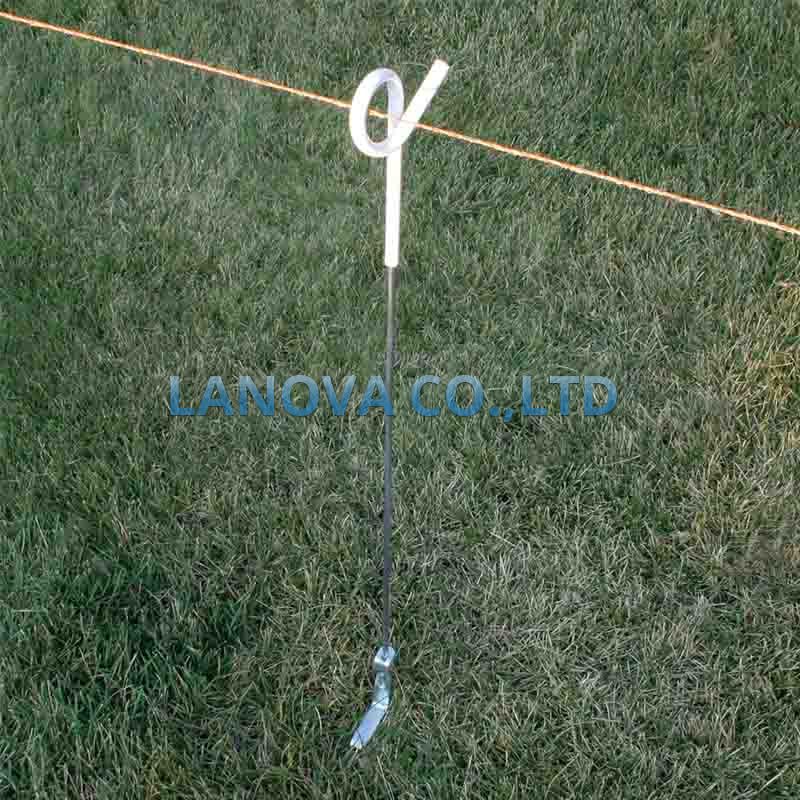

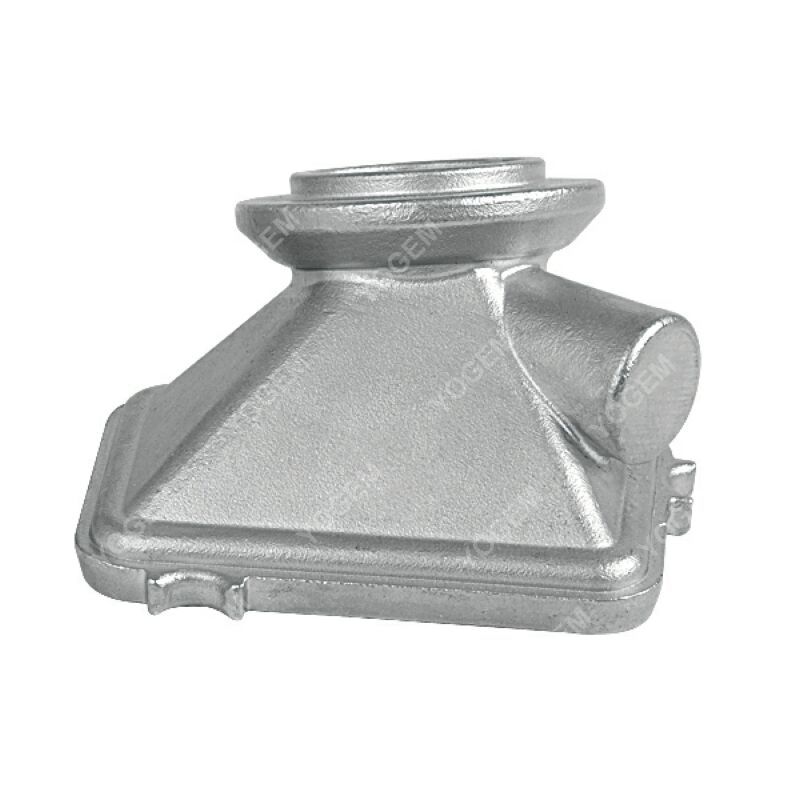
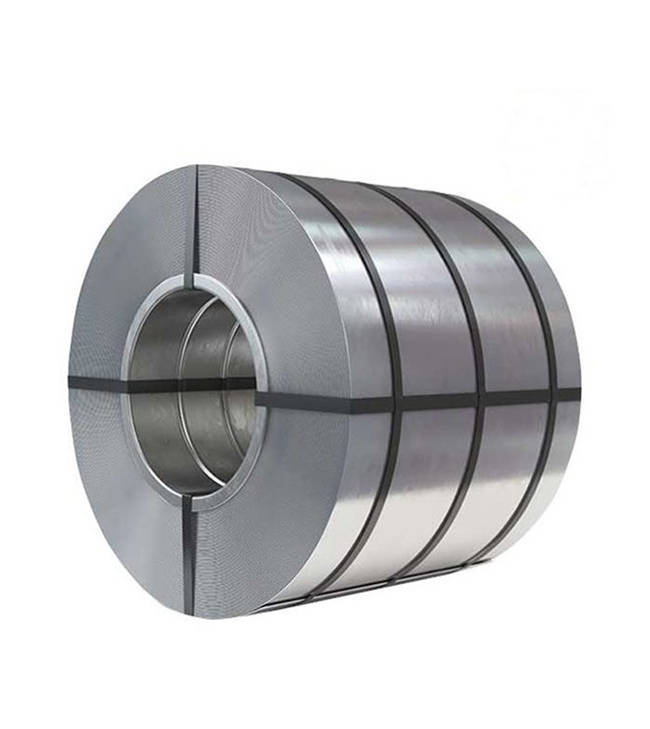


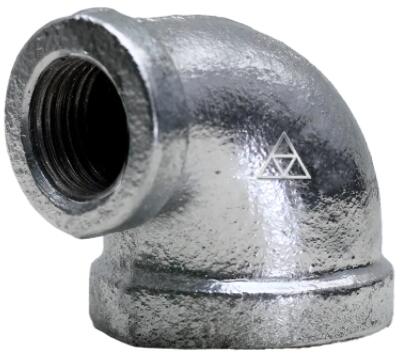
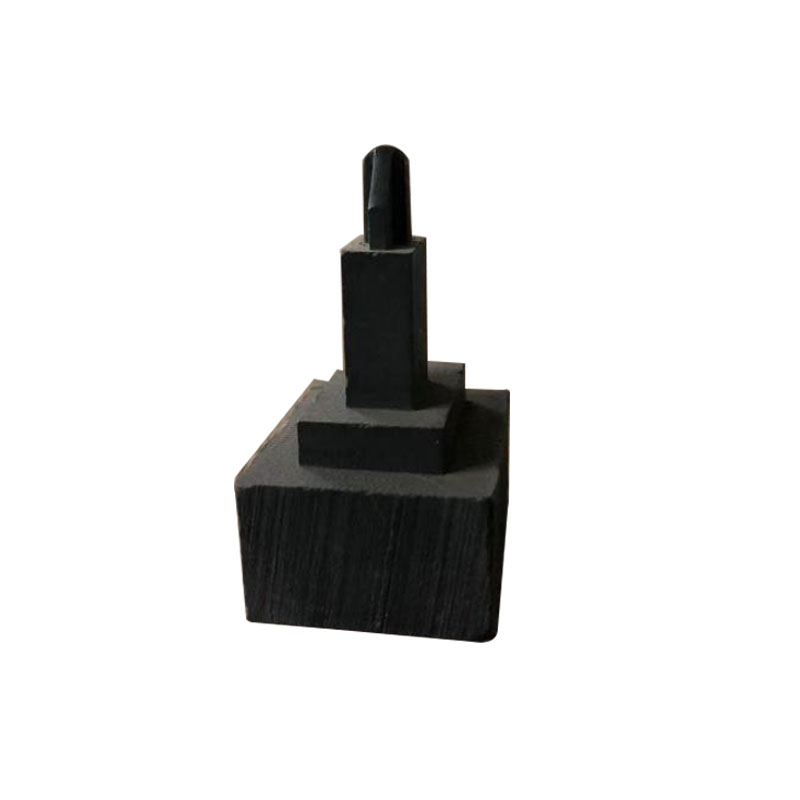
Comments
0